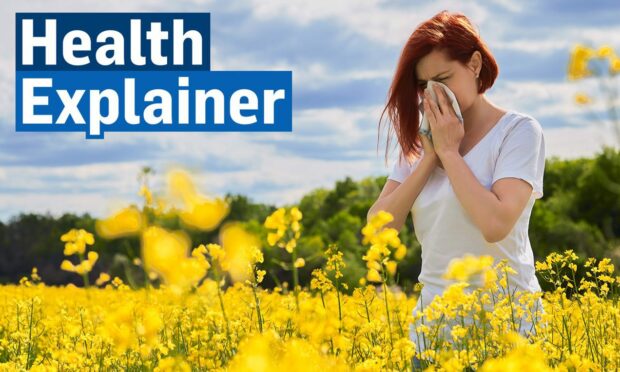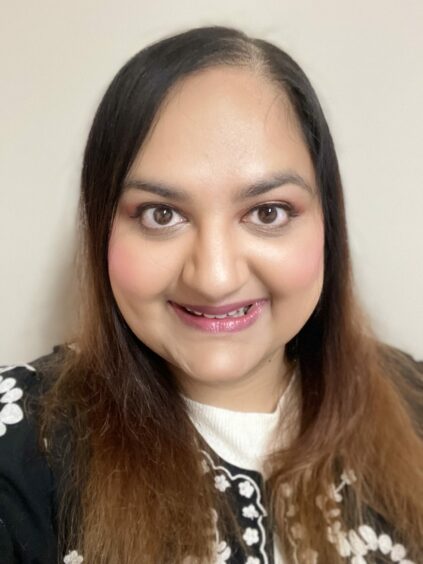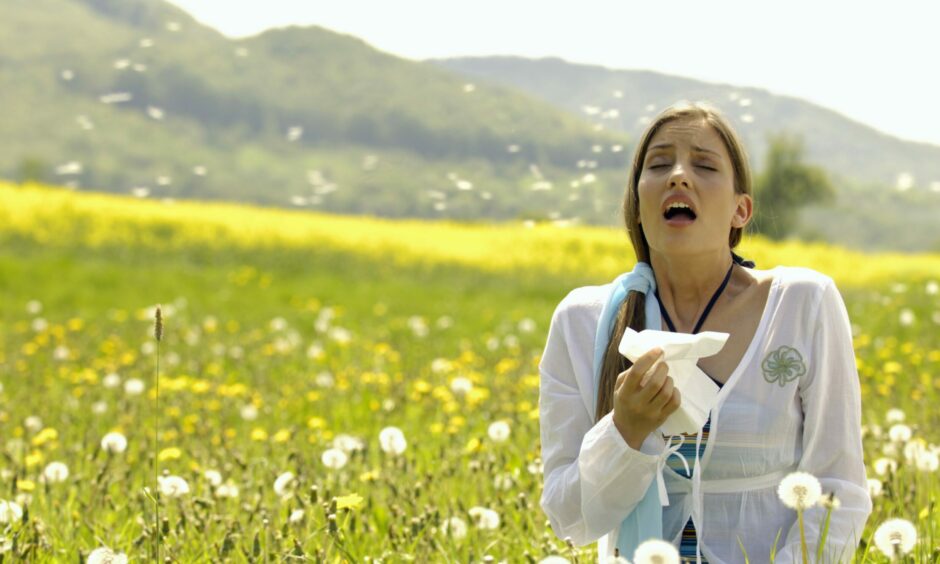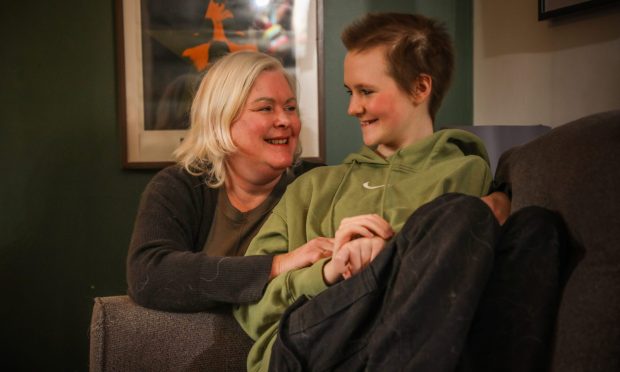With longer days and more spells of good warm weather, many of us will be heading out to make the most of the sunshine.
However, rising temperatures also mean the pollen count will be higher causing problems for those of us who suffer from hayfever.
Often those affected will experience sneezing, itchy eyes and a runny nose.
But you don’t have to wait to see your GP to get relief right away.
Senior clinical pharmacist Farzana Haq, who works in Fife, has advised ways to manage flare-ups.
What is hay fever?
Hay fever is a common allergic condition that affects up to one in five people at some point in their life.
People tend to suffer at different times of the year, depending on which pollen they’re allergic to.
According to the Met Office, pollen season can start as early as January and end as late as November.
In the UK, tree pollen occurs typically from February to mid-May. Meanwhile, grass can lasts from mid-May until August, and weed pollen usually covers August to October.
“Hay fever usually affects children in their early teens and peaks in their 20s”, Ms Haq said.
“Many people appear to become less sensitive to pollen as they get older and symptoms disappear completely in around 10-20% of people in their 40s.”
Hay fever symptoms include:
- frequent sneezing
- runny or blocked nose
- itchy, red or watery
- an itchy throat, mouth, nose and ears
How can you treat it?
For most patients the most common treatment is antihistamine tablets.
Ms Haq, who has been a pharmacist for 18 years, explained: “The oral tablets are all antihistamines that can be split into older or newer ones.
“The older ones are effective but cause drowsiness. The newer ones are non-drowsy.
“Nearly all of these are available over the counter, but this depends on the active drug and its strength as well as the age of the patient.
“In some cases, they will need to be prescribed,” she said.
“Antihistamines are moderately effective for runny nose, sneezing, itching and eye symptoms but not a blocked nose.”
What antihistamines are the most effective for hay fever symptoms?
Hay fever treatments include antihistamines, steroid nasal sprays, mast-cell stabiliser eyedrops and allergy barrier sprays/balms.
Ms Haq explained which antihistamines are the most effective.
“Piriton is an older antihistamine and while it’s effective, it needs to be taken regularly throughout the day and can cause drowsiness.
“Whereas cetirizine, loratadine and fexofenadine are non-drowsy and are taken once a day so they are long-acting.
“Acrivastine, loratadine and cetirizine are all equally effective. In some patients, Acrivastine results in better symptom control due to three times a day dosing.”
How good is Fexofenadine as a hay fever treatment?
Some hay fever sufferers have hailed Fexofenadine Hydrochloride as a ‘wonder drug‘ in relieving symptoms.
It is now available over-the-counter, after previously only being available to sufferers through prescription from a healthcare professional.
But Ms Haq warns that while it is effective, it can cause a side-effect in some people.
She said: ” Fexofenadine isn’t brand new but, until late 2020 was only available on prescription.
“It is newer than the 2ndgeneration antihistamine (loratadine, cetirizine), and It is available in three strengths (30mg, 120mg, 180mg).
“120mg is available to be bought over the counter for those over 12 years old.
“For those whose hay fever isn’t controlled on loratadine or cetirizine then Fexofenadine can end up being more effective.
“It can, however, cause drowsiness in some people.”
Ms Haq said finding suitable tablets is crucial in controlling symptoms because how a person responds is variable among the differing antihistamines.
And more than one type may have to be tried to provide symptom control.
What products work alongside antihistamines?
Sometimes oral antihistamines are not enough to control all the hay fever symptoms, and other products can be added to take alongside them.
Ms Haq said: “If nasal symptoms are of particular concern, then steroid nasal sprays can be bought over the counter for those over 18 years of age.
“These contain anti-inflammatory drugs that can help with several nasal symptoms. Regular usage is essential for a full therapeutic effect which can take several days to achieve.
“For uncontrolled eye symptoms eye drops (sodium cromoglicate) can be bought over the counter, which stabilises mast cells and stops allergic symptoms such as itchy, red and watery eyes from occurring.”
What can children take to combat hay fever symptoms?
Ms Haq often consults with parents whose children are exhibiting hay fever symptoms for the first time.
Hay fever commonly affects school-aged children, with the average age of onset being 10.
She said: “Piriton liquid can be bought over the counter for children over one.
“Loratadine and cetirizine liquid for over 2-year-olds.
“Eye drops are generally recommended for those over 6 and Sodium cromoglicate is contraindicated in children under two years of age.
“Steroid sprays will have to be prescribed by a clinician if the child is under 18.”
Why do some people get hayfever while others don’t?
Ms Haq explains: “The exact reason why some people get hay fever is unknown but there does appear to be hereditary factors involved.
“So if a parent has it, their child may be more likely to get it. Hay fever is also a recognised risk factor for the development of asthma.”
She added: “The best way to deal with hayfever symptoms is to avoid pollen where possible.
“The weather can affect the amount of pollen in the air (higher on warm, sunny days and often rises in the evening) so it’s useful to be aware of high the pollen count is.”
Self-care tips for hay fever symptoms
Ms Haq said people can also take other measures to avoid pollen.
These include:
- Keep windows/doors closed, particularly in the early evening
- Stay inside when pollen count is particularly high
- Avoid cutting grass if affected by grass pollen or walking in areas with high pollen exposure
- Wear wraparound sunglasses
- Use drug-free nasal barrier balms/sprays to prevent pollen from coming into contact with the nasal cavity such as Sterimar Allergy Nasal spray.
- Air conditioning in cars can also be fitted with a pollen filter













Conversation